
Originally, players could find a magic item that had the potential to alter the course of the game’s main quest, “Find a Cure.” This was rewarded by a fairly hidden NPC interaction, which many players likely didn’t think twice about. The item’s original purpose was removed after early access, but there’s still an interesting discussion to be had about what could’ve been.
Omeluum’s Ring Was Originally Going To Play A More Significant Role With The Player’s Ceremorphosis
Omeluum Could Offer The Player A Different Ring, Which Would Halt The Development Of The Mind Flayer Parasite
The Ring of Mind-Shielding gives the player an advantage on saving throws against becoming charmed.
This ring had a different name in early access, i.e., ” 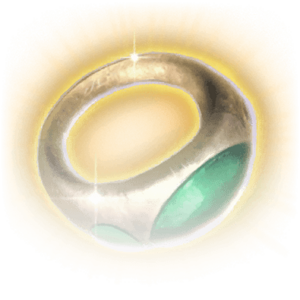 Ring Of Psionic Protection .” This ring would effectively silence the player’s tadpole, locking them out of using any Illithid abilities and stopping their tadpole from growing. However, despite the conversation seemingly leading in the direction of this being how the ring works, the ring of mind shielding will not have any major impact on the player, nor will it do anything to their parasite.
Ring Of Psionic Protection .” This ring would effectively silence the player’s tadpole, locking them out of using any Illithid abilities and stopping their tadpole from growing. However, despite the conversation seemingly leading in the direction of this being how the ring works, the ring of mind shielding will not have any major impact on the player, nor will it do anything to their parasite.
It’s likely that this ring would have tied in more with the original plot of the dream guardian. Instead of being the Emperor in disguise, they were originally going to be a completely separate character called “Daisy.” The dream guardian wasn’t a conscious entity and was representative of the tadpole’s influence, encouraging the player to stay with them forever in a dream-like realm whilst their body became a mind flayer. It’s likely that this ring would have put a stop to the player’s dreams with the guardian in or would have had some interesting effect.
As Another Rogue Mindflayer, Omeluum’s Character Had Lots Of Potential
Despite Being Illithid, Omeluum Is The Emperor’s Opposite
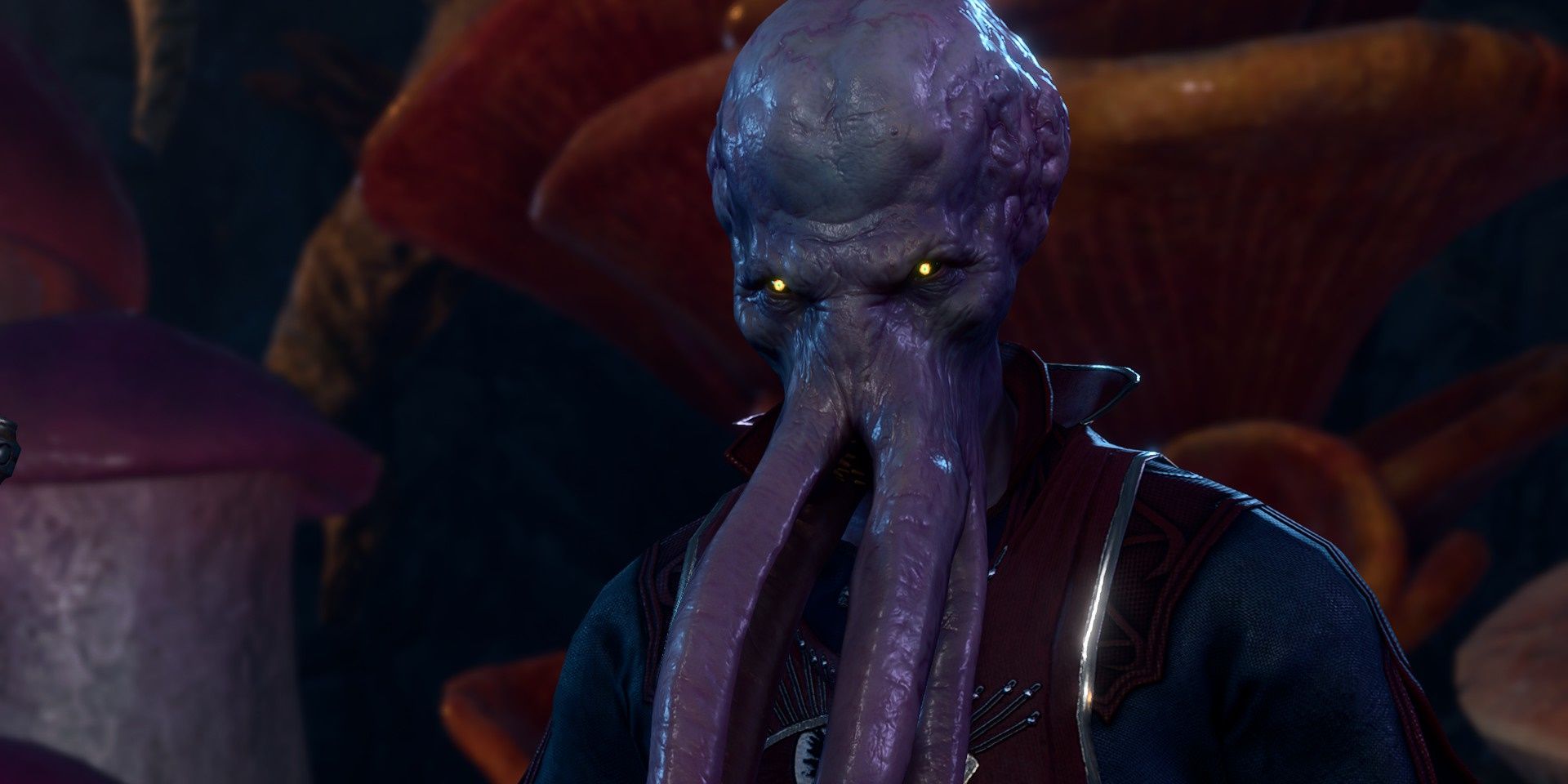
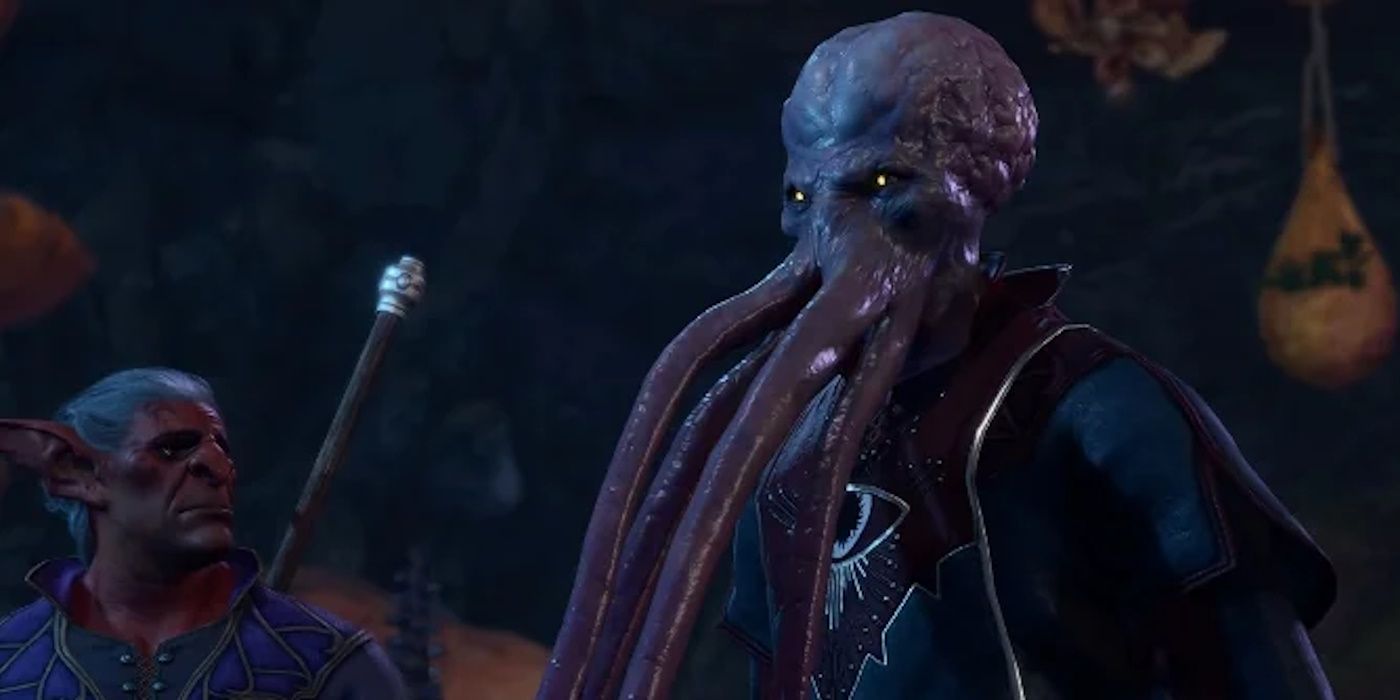
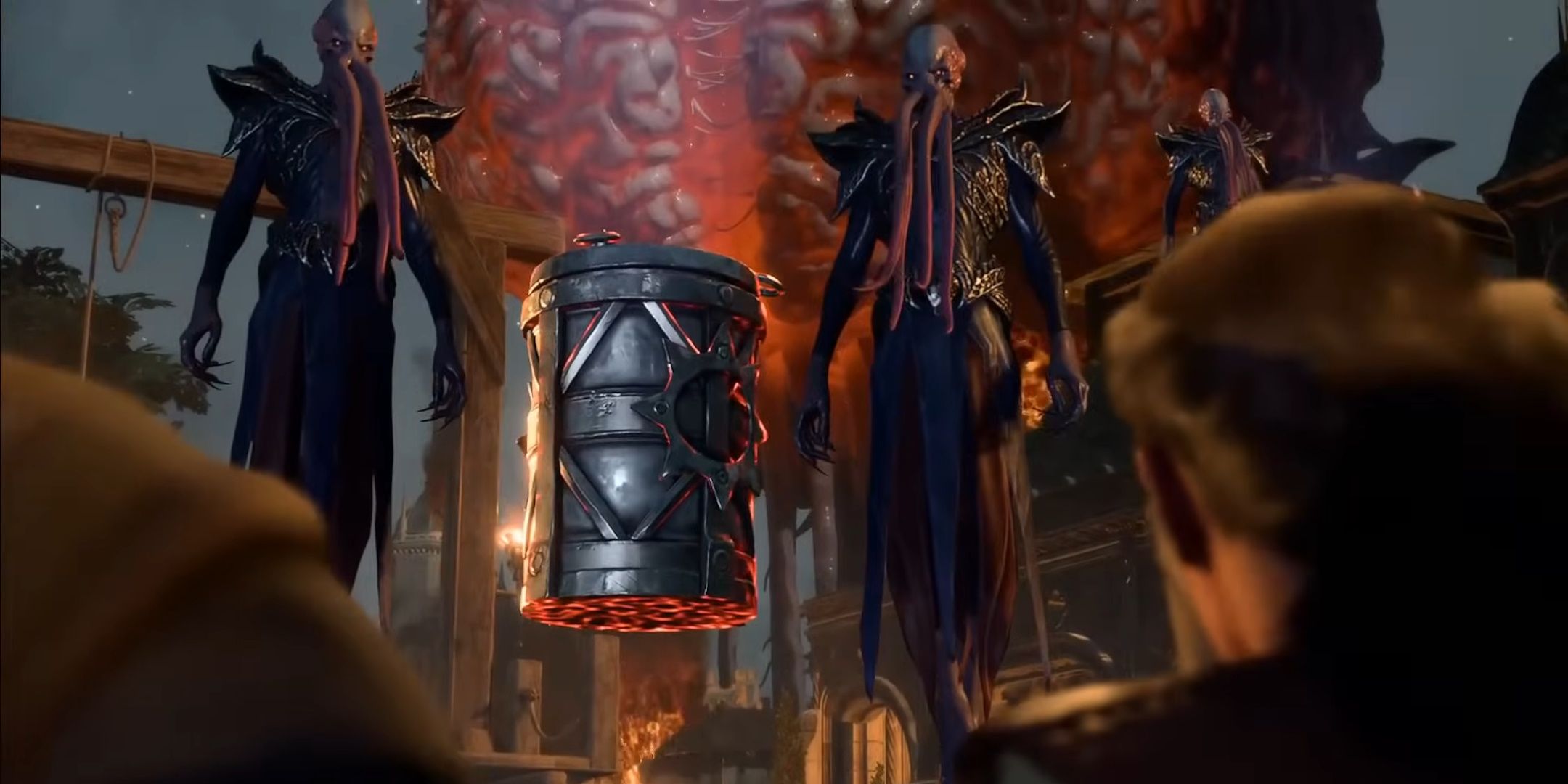
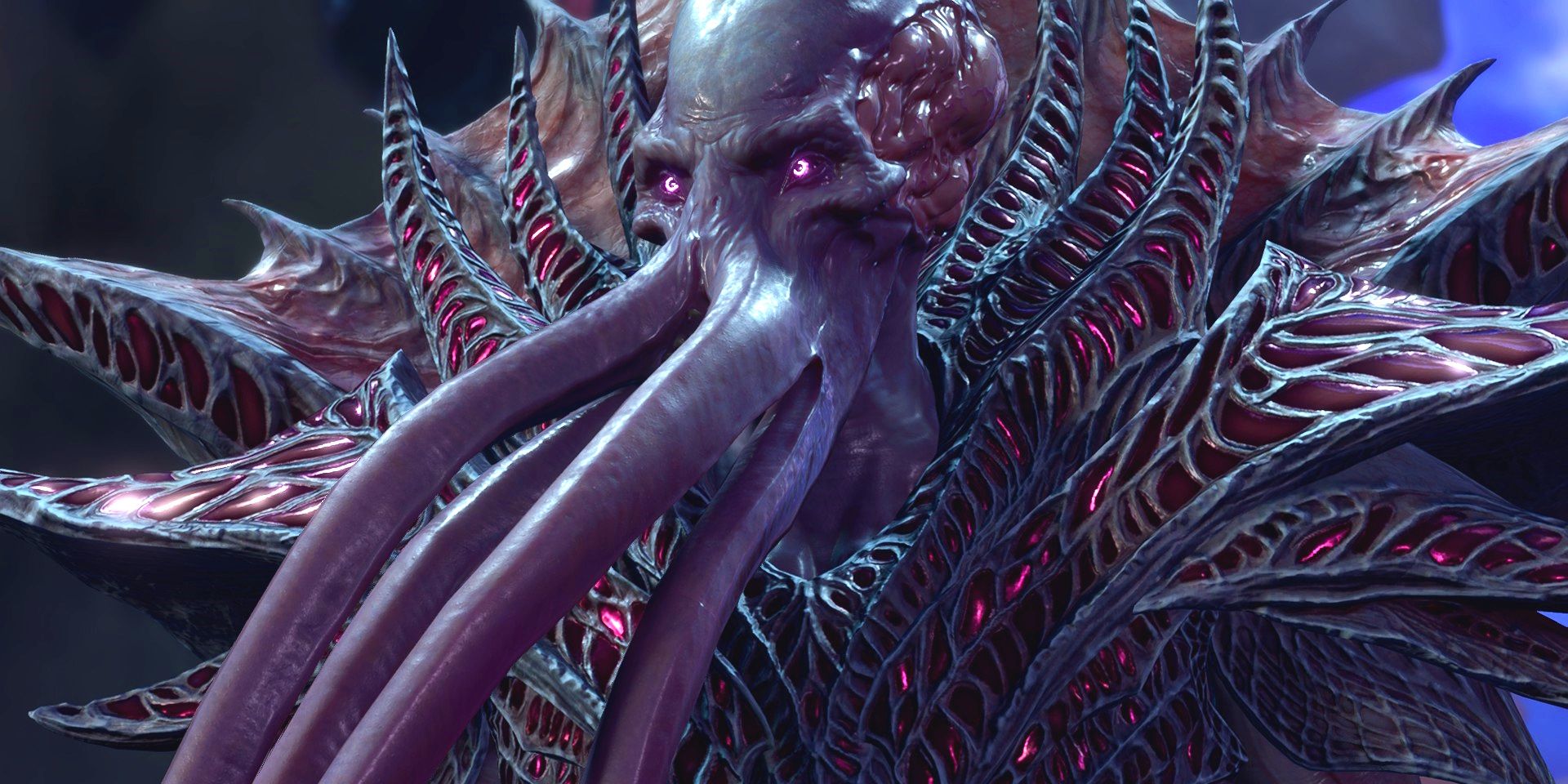
It’s understandable why this part of the story was cut. Omeluum is a minor character, and it wouldn’t have been worth it to keep the ring’s original purpose when it could clash with the Emperor’s storyline. Assuming that the mind flayer parasite was going to cause more drawbacks to the player, the ring could’ve served as a way for players to back out of their previous choices if they had changed their stance on using them.
Many characters in the game perhaps never met their full potential; for example, Minthara is quite lacking in content compared to the rest of the companions. Nonetheless, with or without the extra story it could have had, Omeluum is a very compelling character. With Baldur’s Gate 3 having a plot such heavily centered around mind flayers, Omeluum could have served a much larger purpose, but perhaps it is better thematically to show mind flayers being able to live somewhat normal lives, away from the drama of the main plot.
 Ring of Mind-Shielding
Ring of Mind-Shielding




